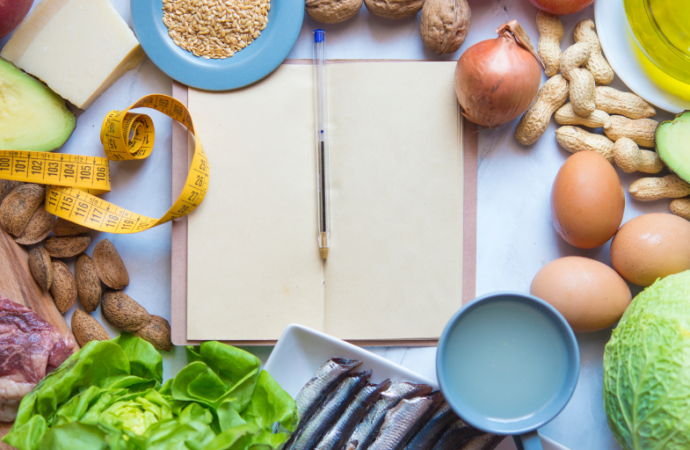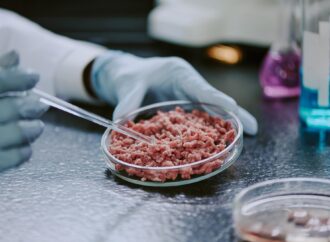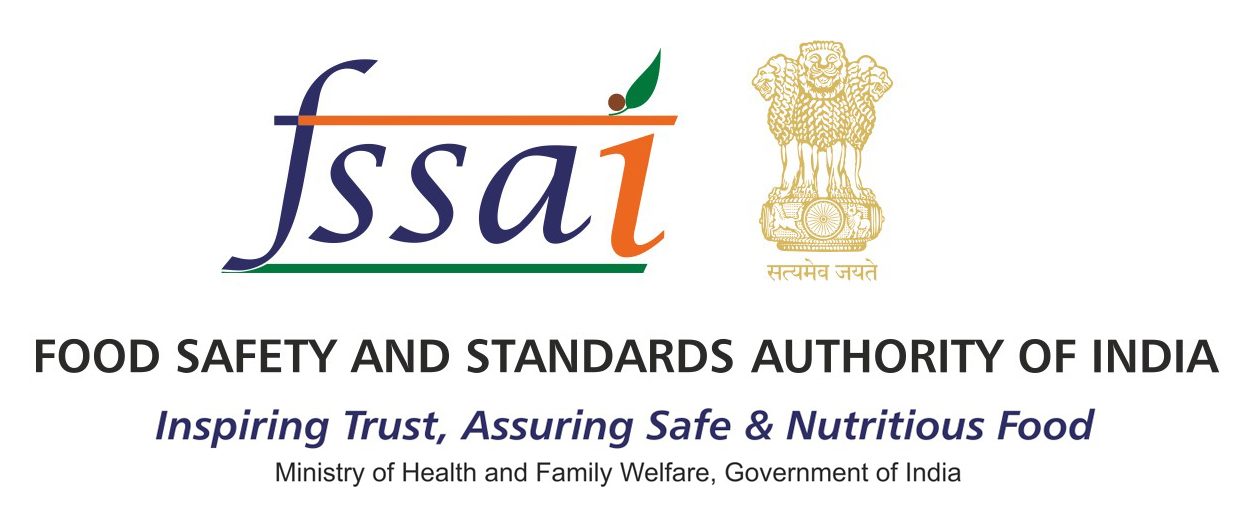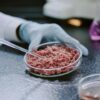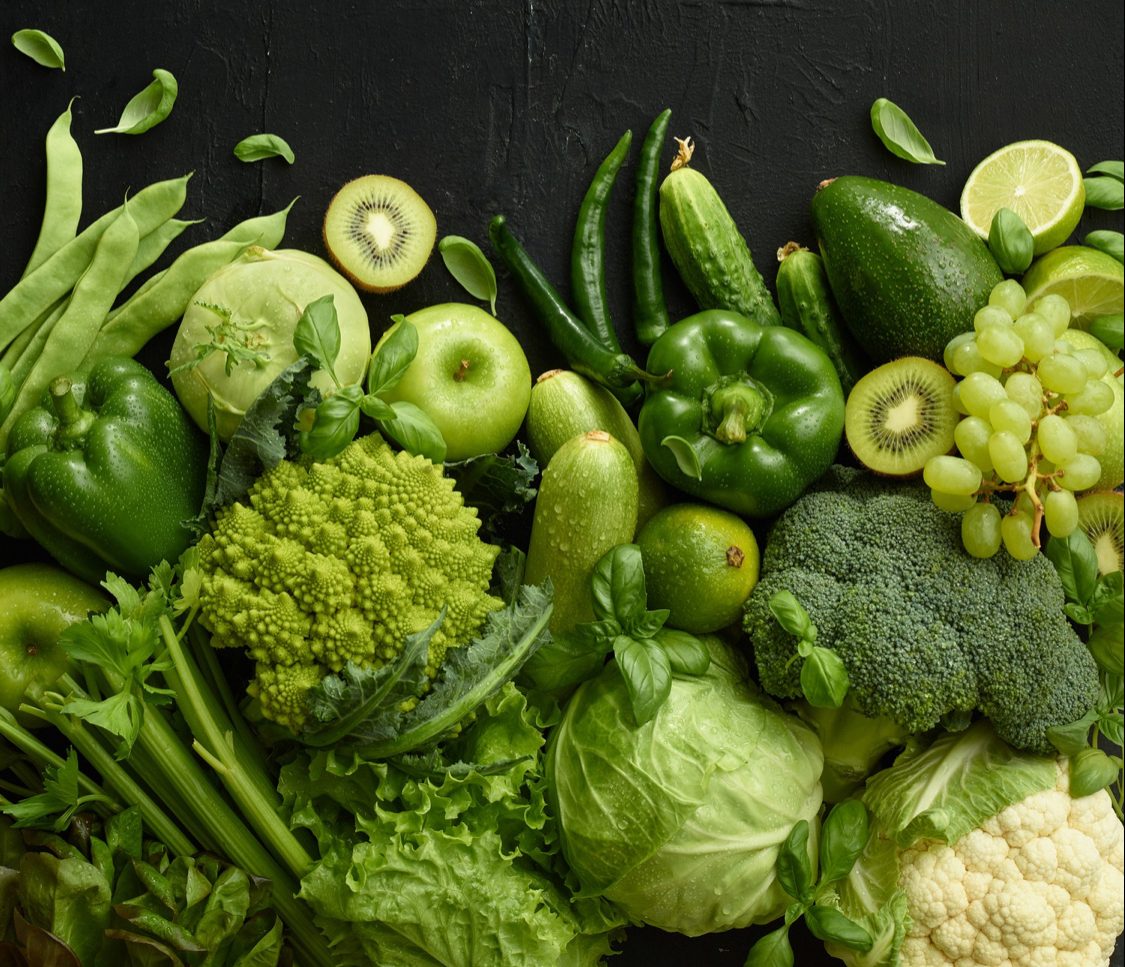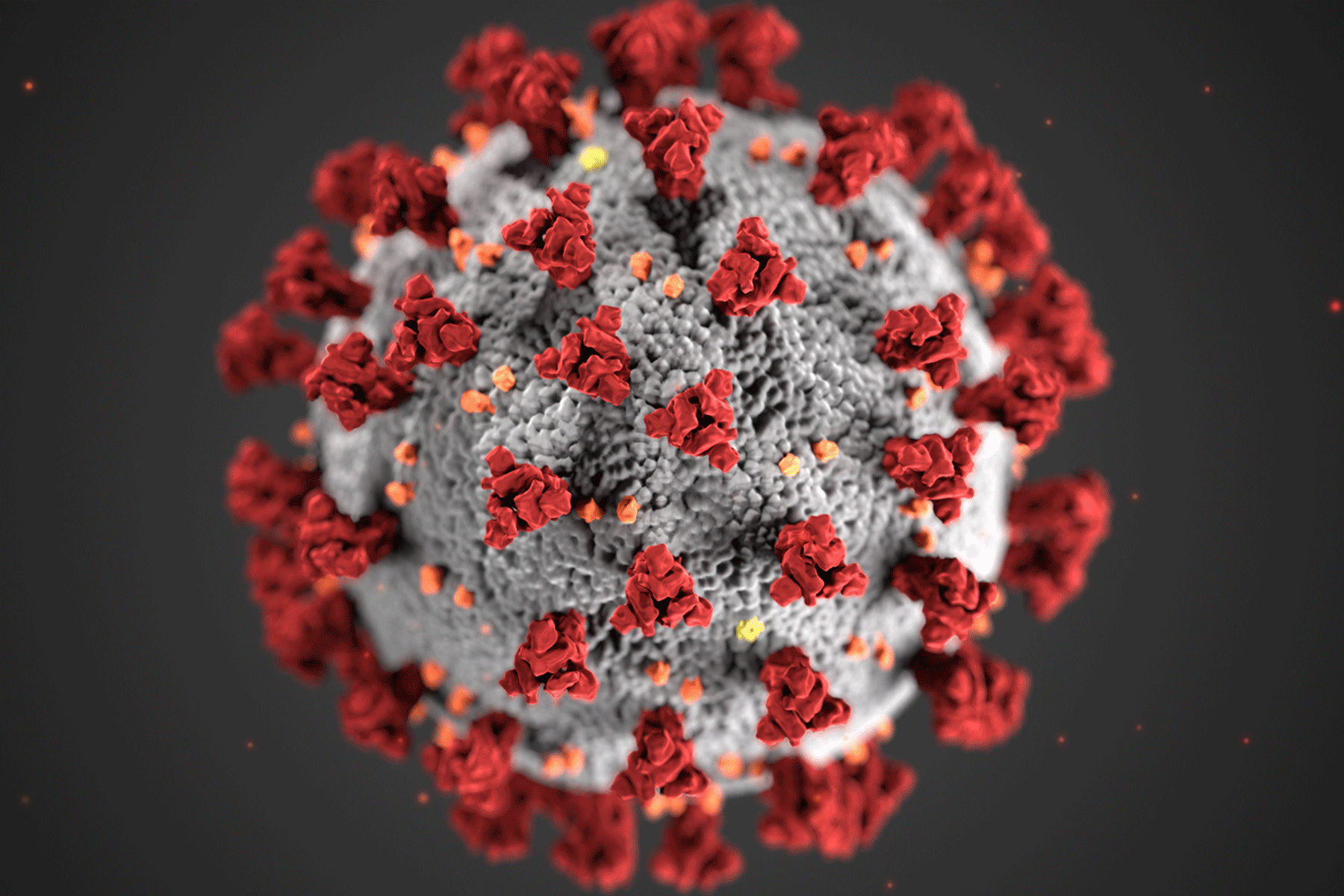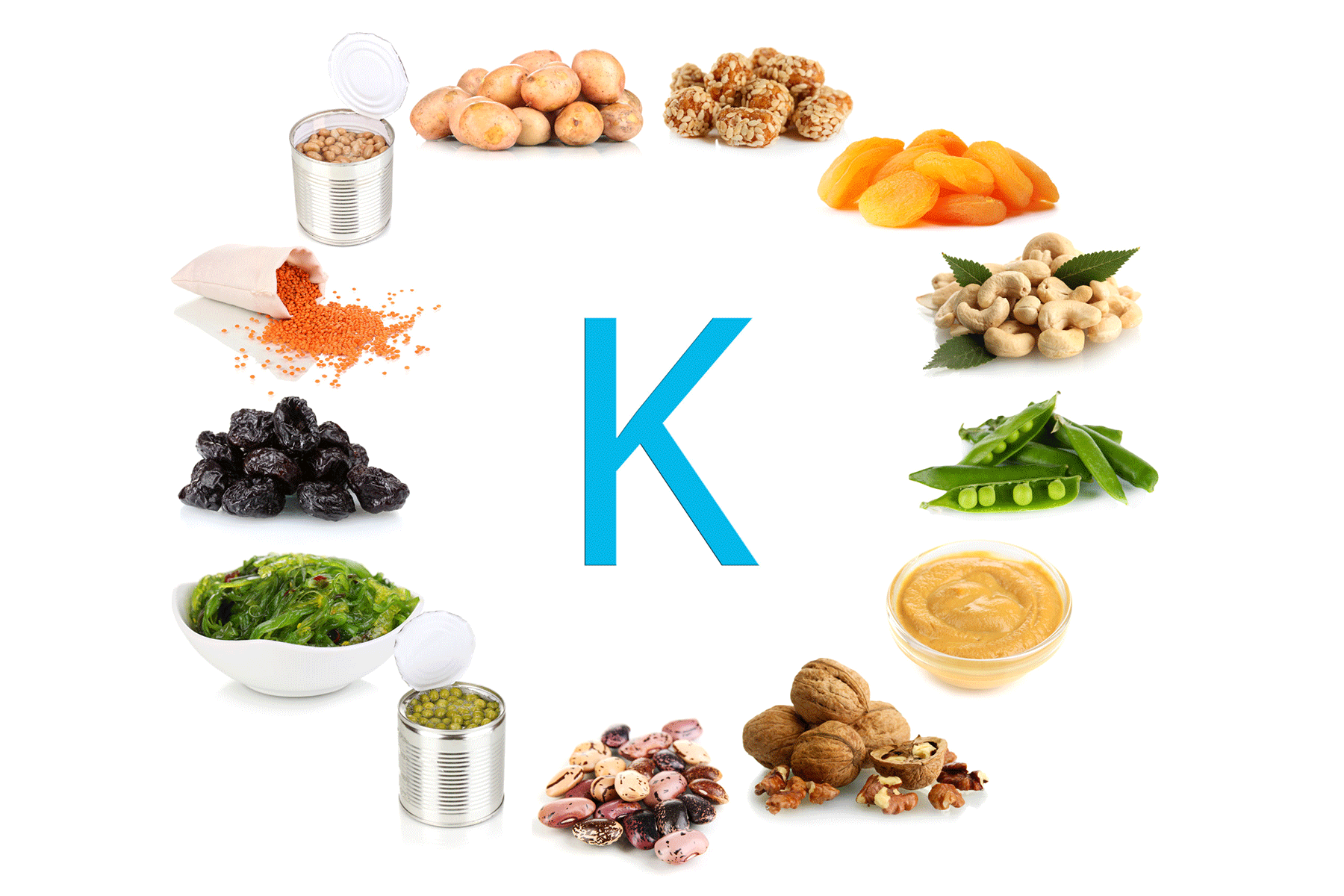In today’s fast-paced world, many people look for quick fixes to lose weight or feel healthier, which is why fad diets are so popular. Diets like keto, intermittent fasting, raw food plans, and detox diets often promise fast results, whether it’s weight loss, glowing skin, or more energy. But are these trendy diets safe? While some may work in the short term, they can also lead to health problems if not done carefully. Poor nutrition, foodborne illnesses, or lack of essential nutrients are real risks. Before jumping on the latest diet trend, it’s important to understand how it affects your body and how food safety fits into the picture.
What Are Fad Diets?

Fad diets are popular eating plans that often catch attention quickly. They usually focus on one simple idea—like reducing carbs, skipping meals, or eating only raw foods—and promise quick results such as weight loss or better energy. Many people try these diets to kickstart a healthier lifestyle or meet short-term goals. While they can offer benefits when done mindfully, it’s important to approach them with balance and care. Paying attention to nutrition and food safety can help you get the most out of these plans without risking your health. A thoughtful approach can turn a trend into a smart choice.
Keto Diet: High Fat, Low Carb, and Caution Needed
The ketogenic (or keto) diet is all about eating high-fat and very low-carb meals. It pushes the body into a state called ketosis, where it burns fat for energy instead of carbs. Many people lose weight on keto and feel more energetic, but it needs to be followed carefully. People on keto often eat a lot of meat, eggs, and dairy. If these aren’t stored or cooked properly, they can carry harmful bacteria like Salmonella or Listeria. Also, cutting out fruits and whole grains to reduce carbs may lead to nutrient gaps—like low vitamin C or potassium, and issues like dehydration or constipation due to less fibre.
Food safety tip: Always store meat and dairy in the fridge, cook them well, and don’t skip vegetables. Low-carb options like spinach, cucumber, and zucchini can keep your meals safe and balanced.
Intermittent Fasting: Mind the Gaps
Intermittent fasting (IF) means eating only during specific hours of the day, like in an 8-hour window, and fasting the rest of the time. It’s popular for weight loss, better focus, and blood sugar control. When done right, it can help some people eat more mindfully. However, long gaps between meals can make you very hungry, leading to overeating or quick-fix food choices like chips, sweets, or fast food. Also, eating large meals all at once, especially if the food was prepared earlier, can raise the risk of food poisoning if reheated improperly.
Food safety tip: Plan meals. Use freshly prepared food, avoid leaving cooked food out for too long, reheat evenly, and stay hydrated throughout the day.
Raw Food Diet: Keep It Clean
The raw food diet encourages eating uncooked fruits, vegetables, nuts, seeds, and sometimes raw animal products like fish or unpasteurized milk. The idea is to eat food in its most natural form to retain nutrients and enzymes. Raw foods can be healthy, but they need to be handled safely. Raw milk can contain Listeria or E. coli, while raw sprouts or leafy greens can carry Salmonella. Even fruits and vegetables, if not washed properly, can lead to illness. Also, this diet may lack enough protein or calories for some people, which could cause fatigue or nutrient deficiencies over time.
Food safety tip: Wash all produce thoroughly, avoid raw animal products unless you’re sure of their safety, and add clean, cooked protein sources like beans, tofu, or boiled eggs.
Detox Diets: Refresh, Don’t Restrict
Detox diets usually focus on drinking only juices, soups, or herbal teas to “cleanse” the body. While cutting back on processed foods and staying hydrated is always a good idea, extreme detox plans that replace meals for days can be too restrictive. You may feel weak, dizzy, or develop low blood sugar. Also, juices made from raw vegetables like spinach, celery, or beets need careful handling. If left out too long, they can ferment or grow bacteria.
Food safety tip: If you make juice at home, wash all ingredients well, use clean equipment, and drink it within a few hours. When dining out, skip unpasteurized juices.
The Bottom Line
Fad diets can feel exciting and offer quick results, but they’re not one-size-fits-all solutions. Some people benefit from them in the short run, but every diet carries risks if not planned well. More importantly, not following food safety rules can turn a diet into a danger. Instead of going to extremes, aim for small, sustainable changes that improve your health over time. Eat a variety of fruits and vegetables, drink enough water, include whole grains and safe protein sources, and be mindful of how you store, cook, and serve your meals.
Whatever diet you follow, always remember: safe food is healthy food. Keep your plate nutritious, clean, and balanced—your body will thank you for it!
 Food Manifest
Food Manifest 